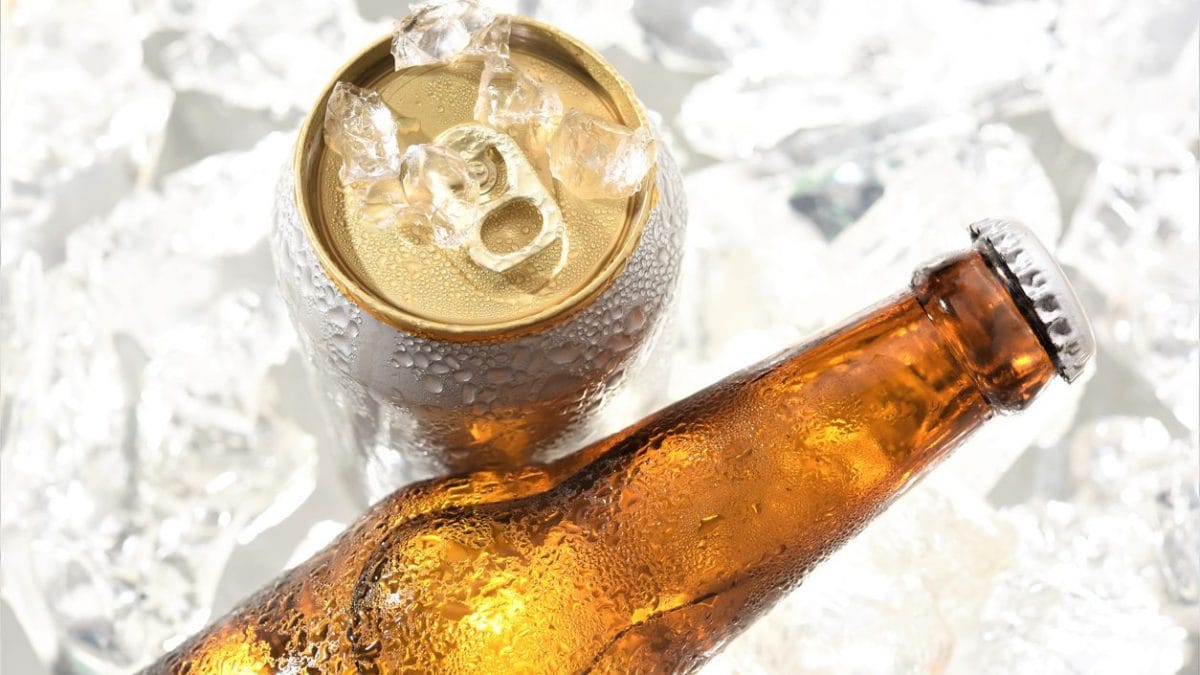
Beer is one of the most popular beverages worldwide, but opinions differ on how it should be served. While some people prefer their beer chilled straight from the fridge, others might wonder if adding ice is acceptable. After all, ice keeps other drinks cold, so why not beer?
Why People Add Ice to Beer
In some cultures, particularly in warm climates, adding ice to beer is a common practice. The reasoning is simple: the ice helps keep the beer cold for longer, which can be refreshing, especially on a hot day. Some people enjoy the idea of a frosty beer, and adding ice ensures that the temperature stays consistently cool.
If you're enjoying the light beer or a lager in a casual setting, adding ice can be a refreshing way to keep your drink cold. For those who prioritize temperature over flavor, especially on a hot summer day, there’s no harm in dropping a few ice cubes into your glass.

The Downside: Watered-Down Beer
One of the biggest drawbacks to putting ice in beer is that as the ice melts, it waters down the beer. This dilutes the flavor and reduces the alcohol content, which can be disappointing if you're drinking a craft beer or a full-bodied ale that has a more complex taste profile. Beer enthusiasts argue that adding ice interferes with the intended flavor and texture of the beer.
For beers like stouts, IPAs, or other richly flavored brews, adding ice will dilute the nuanced flavors that brewers have carefully crafted. The melting ice disrupts the balance of the ingredients, making the beer taste bland or weak. In these cases, it’s best to enjoy the beer as intended—chilled, but without ice.
When Ice in Beer Might Work
There are times when ice in beer might not be a terrible idea. If you're drinking a low-alcohol beer, light lager, or even a beer cocktail, ice can add a refreshing twist. In fact, in some beer cocktails, like a michelada or shandy, ice is often used to keep the drink cool without worrying too much about dilution since the beer is mixed with other ingredients.
;Resize,width=767;)
